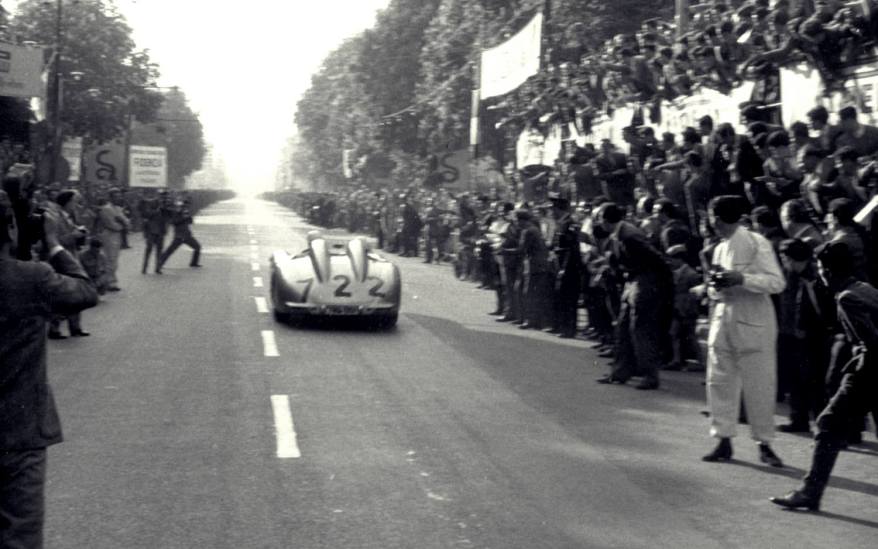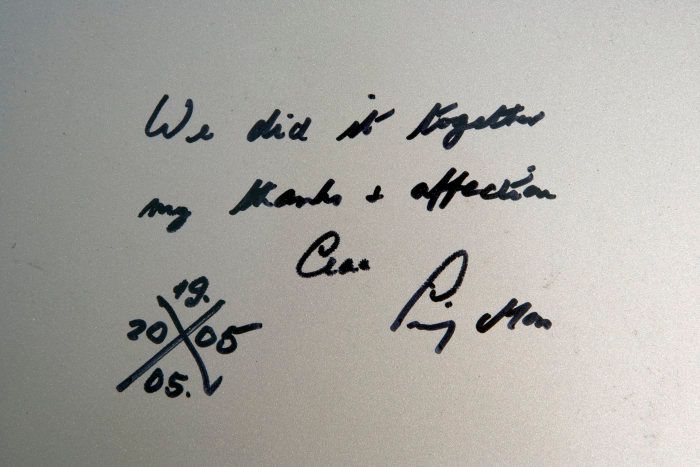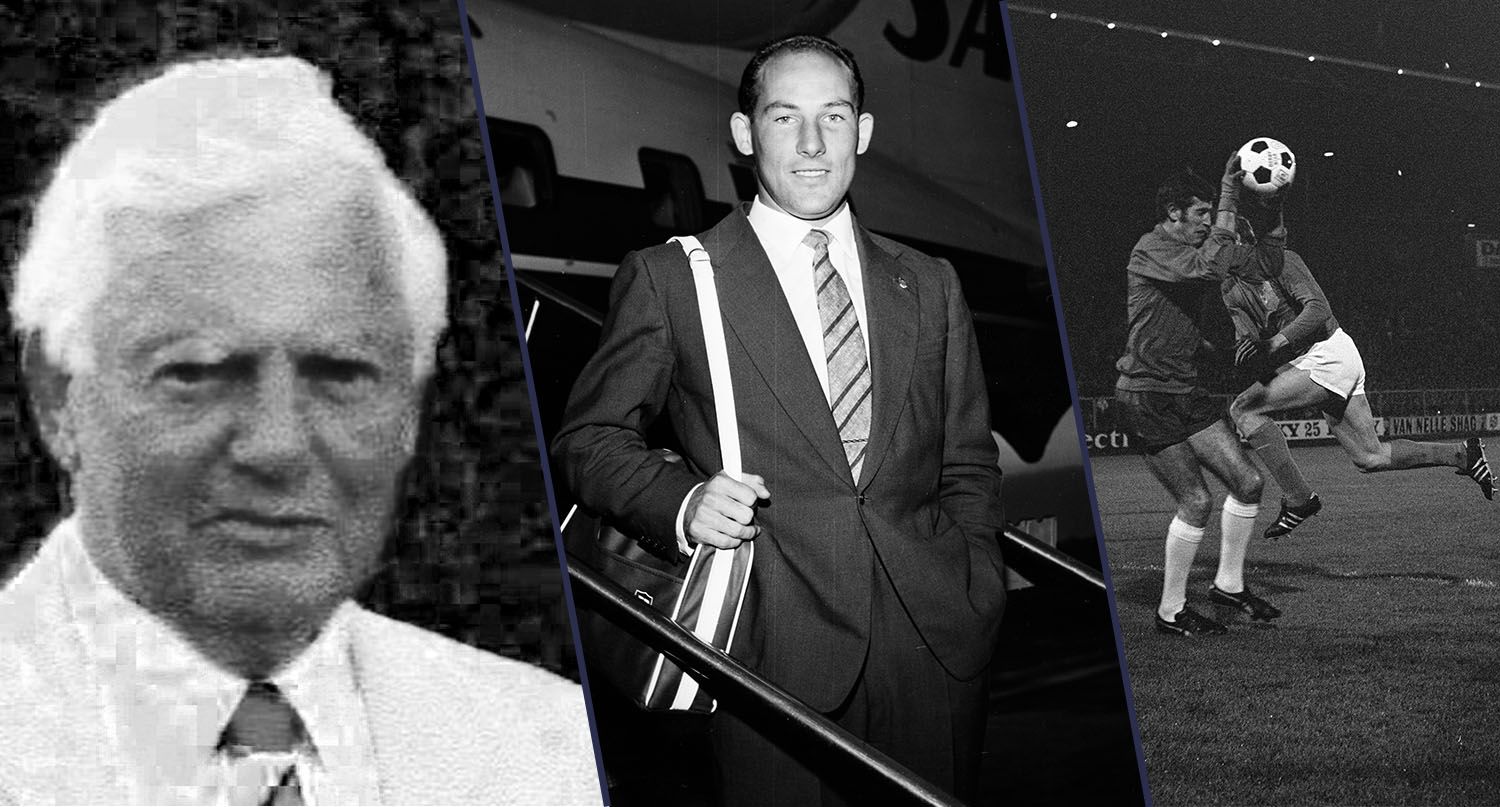All of us stand on the shoulders of those in the official VIP Hospitality business who came before us and so we’d like to remember three giants of our industry who passed away recently.
Ron Smith – temporary-seating pioneer, founder of Arena Seating
Ron’s might not be a name that you have heard of but if you have been to an outdoor event or sat in a temporary seating structure to attend a sport, music or cultural event the chances are that was one of Ron’s creations and his teams’ installation.
Ron, who would have been 90 in July, founded Arena Promotional Facilities Ltd in 1971 and it was run as a family-owned company for more than twenty years until it became part of the Arena Group through a series of acquisitions.
Ron’s son Terry continues to run Arena Seating as the company’s managing director.Arena Group’s website says their corporate DNA can be traced back to Sir Richard Edgington, an 18th century baronet, who made a fortune turning sailmakers’ canvas into tents, and selling them and flags, banners, ship ropes and decorations for public events.
Temporary seating structures are critical to official VIP Hospitality because they allow the venue to size-up, like an accordion, in order to accommodate ‘peak’ events.
To give an example, the revenue-side of the Ryder Cup at Gleneagles would have been awash with red ink were it not for Arena’s 14,700 temporary seats across 18 grandstands. Of those 18, the two main temporary seating locations were the 1,844-capacity grandstand horseshoed around the first tee and the 2,100-capacity stand that dropped down steeply onto the 18th green.
One of Arena Seating’s most recent projects was designing and installing the 15,000-seat Diriyah Arena and hospitality structure, ahead of the Joshua v Ruiz II rematch ‘Clash on the Dunes’ held last December.
The bespoke arena was constructed in just 56 days and is the single largest temporary seating structure that Arena has built since the London 2012 Olympics.
This video gives a walk-around perspective on the 3,500 square-metre temporary hospitality structure that was built on one of the stadium’s four sides. The clip was shot less than a week before the event.
That Arena Seating’s team was able to pull that off, and also dismantle the whole thing in three weeks, was both an achievement Ron would have been proud of, and one that only he could have made possible.
Peter Bonetti – Chelsea and England, ‘The Cat’
The story of Peter has been well told in the days since his death. How, in 1965, he played a significant part in helping his beloved Chelsea beat Leicester City to win the League Cup and then how his inspired goalkeeping enabled the Blues, after a replay in the final against Leeds in 1970, to win the FA Cup, a title which had eluded them since their foundation in 1905.![Ron Harris and Peter Bonetti [right] celebrate winning the 1970 FA Cup in an open-top bus celebration that closed off London’s King’s Road.](https://www.journal.daimani.com/content/images/2020/04/bonetti-chelsea-DAIMANI-Journal1.jpg)
As Brian Glanville’s obituary remembers:
‘Bonetti was just as good when, in Athens in May 1971, Chelsea beat the formidable Real Madrid to take the European Cup Winners’ Cup. His last game in goal for Chelsea was against Arsenal in May 1979 – his 729th for the club, during which he had kept clean sheets in 200 matches, conceding one goal or fewer in more than two-thirds of his appearances.’
Peter also had an impact on the game that went far beyond goals stopped and clean sheets kept: he is recognised as one of the first goalkeepers to wear gloves and adapt them to help him during matches.
He was also a game-changer, paving the way for the modern ‘sweeper-keeper’ which is so common today, those goalies who play the ball out from the back.
This is how Chelsea TV remembered the man they called ‘The Cat’:
And Bonetti’s connection with Chelsea embraced the club’s official VIP Hospitality after his retirement from the coaching side of the game. He was a regular and very engaging host at Chelsea’s match-day hospitality programme. So much so in fact that the club created the Bonetti SuiteBonetti Suite around the aura and personality of the goalkeeping legend.The Bonetti Suite is a very classy and popular product, just like the namesake, with benefits including luxury padded seats in the West Stand middle tier on the 18-yard line, a pre-match four-course Chef's table, savoury refreshments served at half-time [if there’s a half-time food offer that’s always a sign of a high-end product] and at full-time, in a tip of the hat to Bonetti’s Swiss-Italian heritage, an Italian deli station is available.
Sir Stirling Moss – ‘The Quintessential Gentleman Racer’
News that Sir Stirling had died at the age of 90 produced a global outpouring of genuine affection, and the good people in Formula One media’s team have done an excellent job capturing his remarkable CV.
But Sir Stirling’s favourite race-win had nothing to do with Formula One. It was the 1955 Mille Miglia [‘Thousand Miles’], a giant loop of around 1500 kilometres or one thousand Roman miles from Brescia to Rome and back over public roads.
The race was so dangerous, there were no barriers to hold back crowds in the villages and towns through which cars raced at top speeds of 170 mph, that the 1957 Mille Miglia was the last ever – after an inevitable series of crashes killed drivers and spectators alike. [To give you a flavour of how far removed the Mille Miglia was from today’s safety standards: in the 1954 race German driver Hans Herrmann faced the extraordinary situation of racing towards the gate on a railroad crossing as it was being lowered before the fast train to Rome passed. In a Porsche 550 Spyder, Herrmann decided it was too late to try to brake attempt anyway, so he pushed down on the helmet of his navigator to make him duck, and they just squeezed below the arms of the closing gates.]
Moss’s 1955 winning time of 10 hours, 7.48 seconds saw him beat into second place by more than half an hour the then-two times Grand Prix World Champion Juan Manuel Fangio, both of them driving the same car, the legendary Mercedes-Benz 300 SLR [for ‘Sport Leicht-Rennen’ or Sport Light-Racing]. The 300 SLR was the world’s most advanced race car of its time: direct fuel-injected straight-8 engine, roughly 310 horsepower, with a top speed of around 180 mph.
This gorgeously filmed tribute by Petrolicious and Mercedes-Benz pays tribute to that 1955 win and reunites Sir Stirling with the famous car he droved so effortlessly for last drive around.
And in typically understated gentleman-racer fashion, Sir Stirling and Jenkinson divided the Mille Miglia corners into three categories - saucy, dodgy and dangerous.
Jenkinson died in 1996, but in May 2005 Sir Stirling signed his Mercedes-Benz 300 SLR ‘722’: ‘We did it to together, many thanks and affection. Ciao, Stirling Moss.’ He signed on the engine hood in the upper left had corner.

Sports columnist Boris Starling, remembering Sir Stirling’s epic Mille Miglia win, wrote, ‘That car, known simply as 722, is in the Mercedes museum in Stuttgart, and is widely thought to be the most valuable car in the world. If Mercedes ever sell it, which they won’t, estimates of its value start at £30m and end – well, who knows where? For in truth the car is priceless, just like the talent of the man who drove it so beautifully.’
And Sir Stirling’s connection with official VIP Hospitality?
Well there wasn’t a direct one. But in everything that he achieved in motorracing, from the Mille Miglia to becoming the first British driver to win his home Grand Prix, Sir Stirling breathed an authenticity that everyone wanted more of: whether it was his speed, his heroics, his sportsmanship, his authentic old-school charm or, frankly, his disarming lack of political correctness [one obituary quoted him as spotting ‘a fanciful piece of crumpet’ as he raced the Monaco Grand Prix and then waving to the woman each time he rounded the same corner, ‘I had such a fantastic life. A fabulous life. I was heterosexual. And it was as good a life as you could ask for.’]
The Sir Stirling Moss brand and that of Formula One, including the Formula One Paddock Club, were very helpful and mutually supportive to one another.


